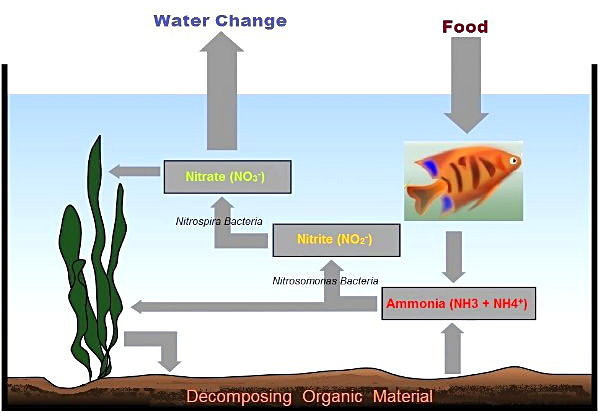Which water company is it, and I'll have a look.
You need to be able to test for ammonia and nitrite for cycling. Most of us use the API master set.
The java fern and moss can be attached to decor. The elodea can be left floating, it won't root in the rocks.
The hair grass and alternanthera won't grow in this tank as they need smallish gravel or sand to root in, neither of which can be used in this tank - unless you stop using the filter which comes with the tank, remove the rocks and filter box and buy a separate internal filter, then put 'normal' gravel or sand on the bottom.
If there are enough live plants, you could do a plant cycle, but this depends on there being enough fast growing plants. Of the ones you bought which can grow in this tank, elodea is fast growing but java fern and moss are slow growing. The idea behind plant cycling is that live plants take up ammonia as fertiliser and they don't turn it into nitrite. But there must be enough plants to remove all the ammonia made by the fish in the tank.
The alternative is to leave the plants out for now - if you have a glass container of some sort (even a vase) they can be kept in that on a windowsill as long as the temperature doesn't get too low. Then do a fishless cycle and put the plants in when it's completed.
Cycling Your First Fresh Water Tank What is Cycling and Why is it Important? Fish waste, and especially fish breathing, plus uneaten food and other organic matter breaking down in a tank all produce Ammonia. This can quickly become toxic to fish if it is allowed to build up to any measurable...

www.fishforums.net





